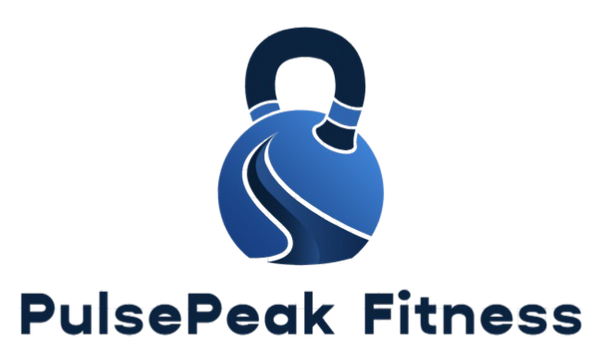
Check Your Heart Rate During Exercise
Share
Introduction
Exercise is one of the most powerful ways to strengthen our bodies and protect our health. Yet, overexertion can cause harm rather than improvement. Our bodies speak to us through the rhythm of the heart, and ignoring these signals can lead to exhaustion, injury, or even cardiovascular risks. That is why monitoring your heart rate during exercise is not optional—it is essential.
1. Why You Should Monitor Your Heart Rate
-
Safety: Exceeding your maximum heart rate places unnecessary strain on the heart.
-
Efficiency: Training within your target heart rate zone ensures you gain the maximum benefit from your workout.
-
Fatigue Management: Heart rate reflects accumulated stress and helps prevent overtraining.
2. Understanding the Target Heart Rate Zone
-
General formula: Maximum Heart Rate = 220 – Age.
-
Recommended ranges vary according to fitness goals:
-
Fat Burning: 50–70% of maximum heart rate.
-
Cardio Endurance: 70–85% of maximum heart rate.
-
High Intensity Training: Above 85% of maximum heart rate.
-
Example: A 40-year-old has an estimated maximum heart rate of 180 beats per minute (bpm). Their fat-burning zone would be roughly 90–126 bpm.
3. How to Monitor Your Heart Rate
-
Smartwatches & Fitness Bands: Convenient for real-time tracking.
-
Chest-Strap Monitors: More accurate, often preferred by professional athletes.
-
Manual Check: Count your pulse on the wrist or neck for 15 seconds, then multiply by 4.
4. Using Heart Rate to Guide Your Training
-
Warm-Up & Cool-Down: Avoid sudden spikes; allow your heart to adjust gradually.
-
Daily Condition Check: Elevated heart rates compared to normal may indicate fatigue, dehydration, or illness.
-
Recovery Awareness: Logging heart rate data alongside your workouts helps track progress and recovery speed.
Conclusion
Exercise should never be a blind push against limits. It is a dialogue between effort and the heart’s rhythm. By learning to monitor and respect your heart rate, you transform exercise into a sustainable practice that builds strength, preserves health, and nurtures long-term well-being.
